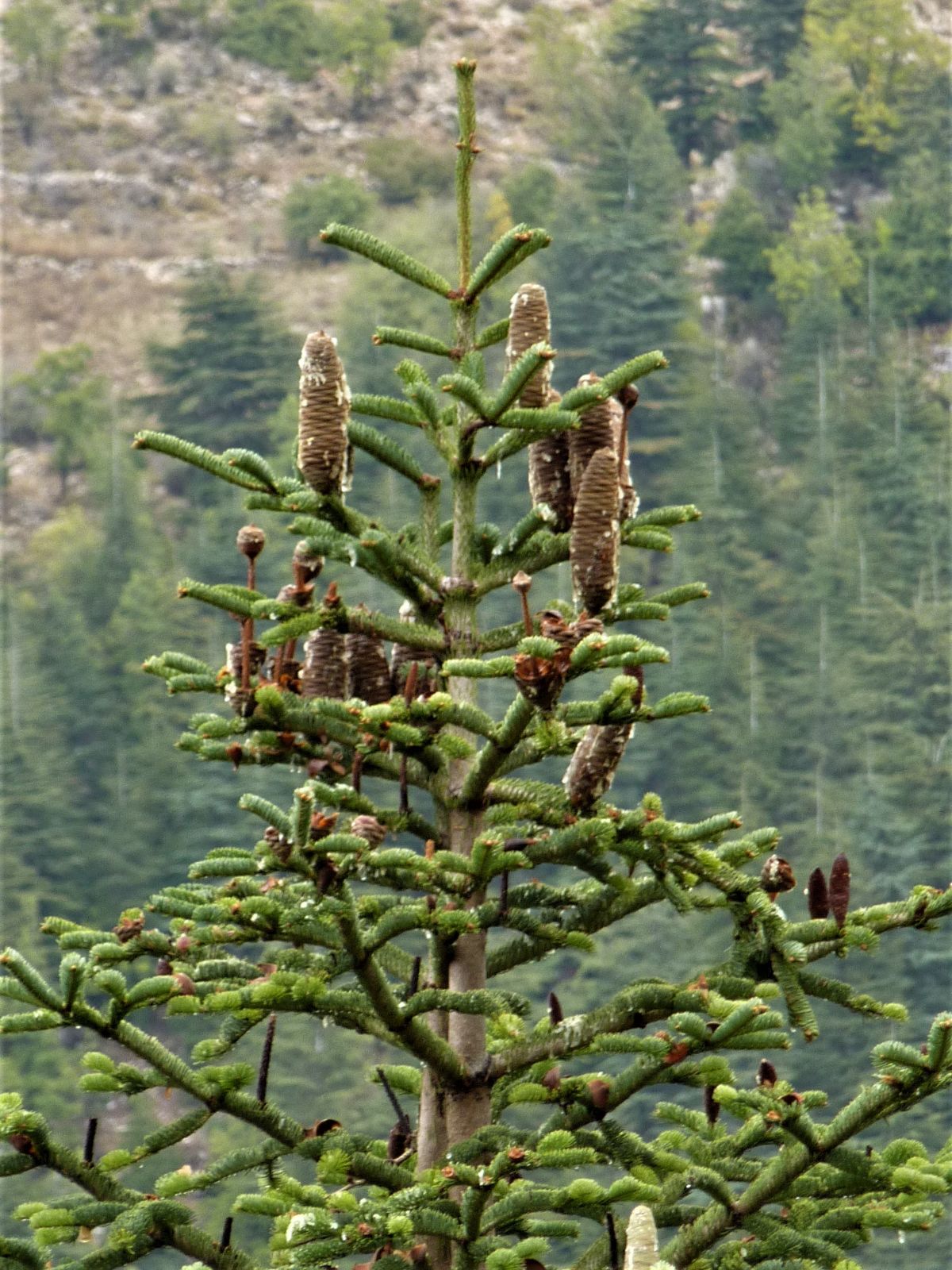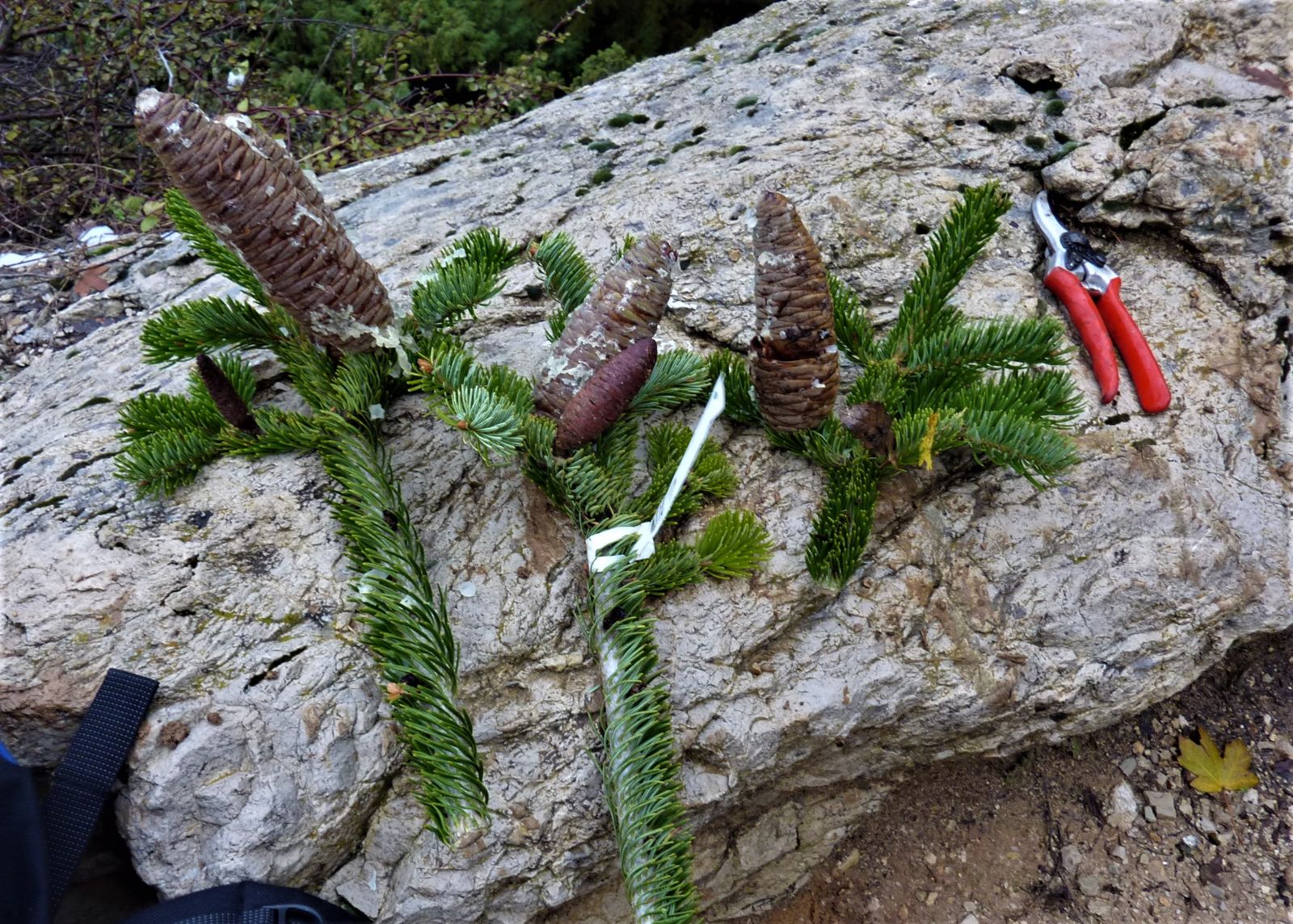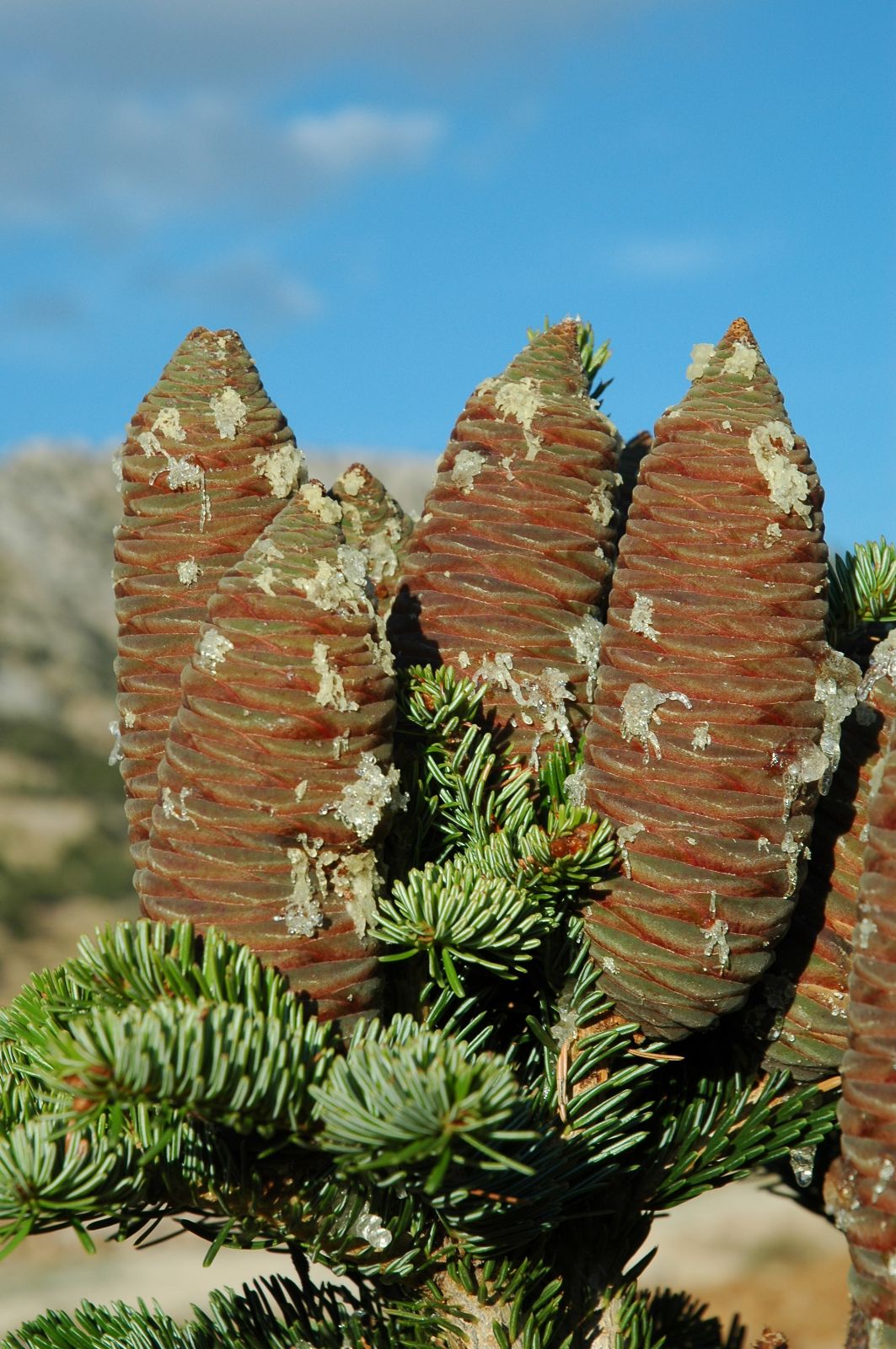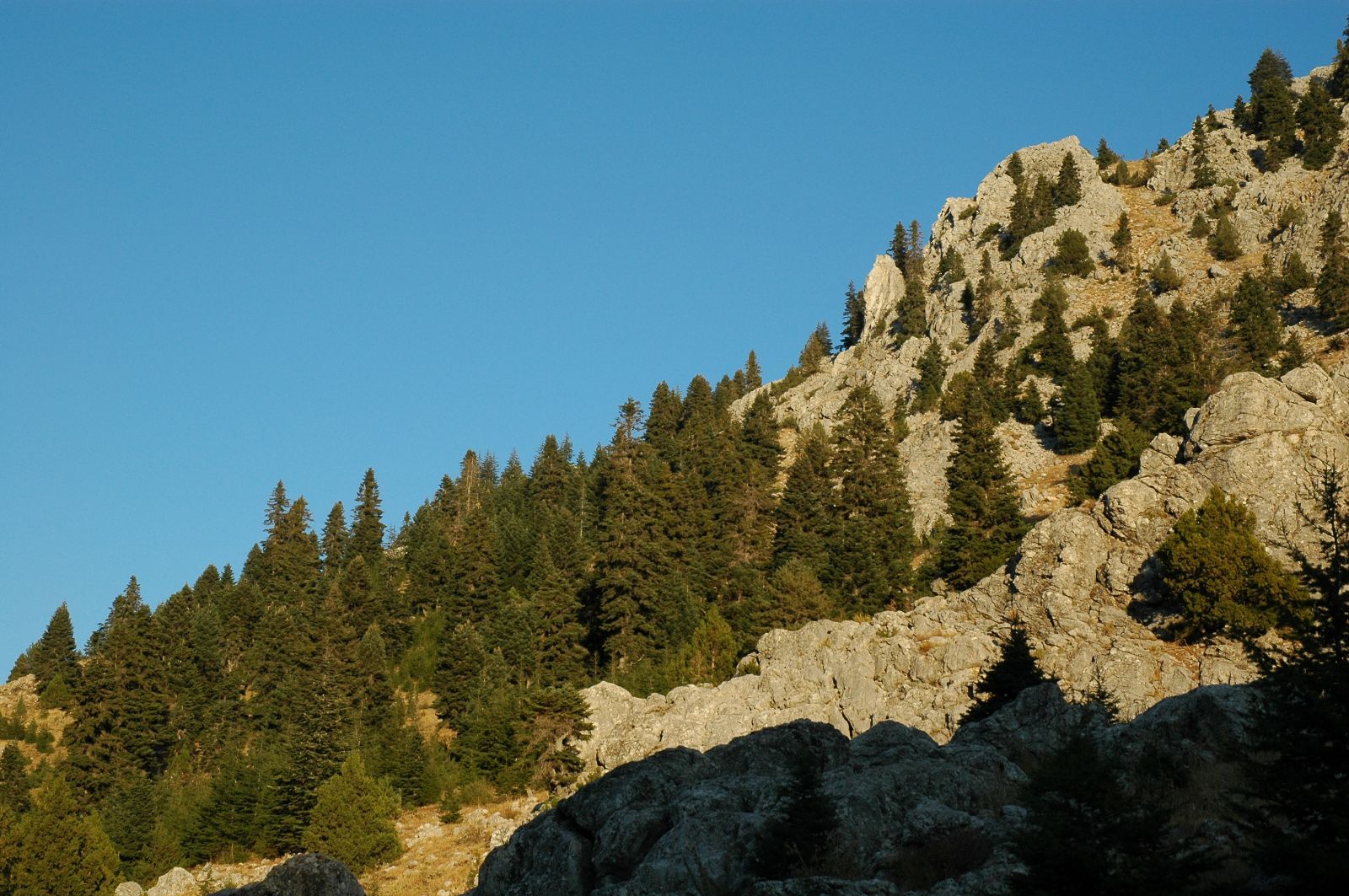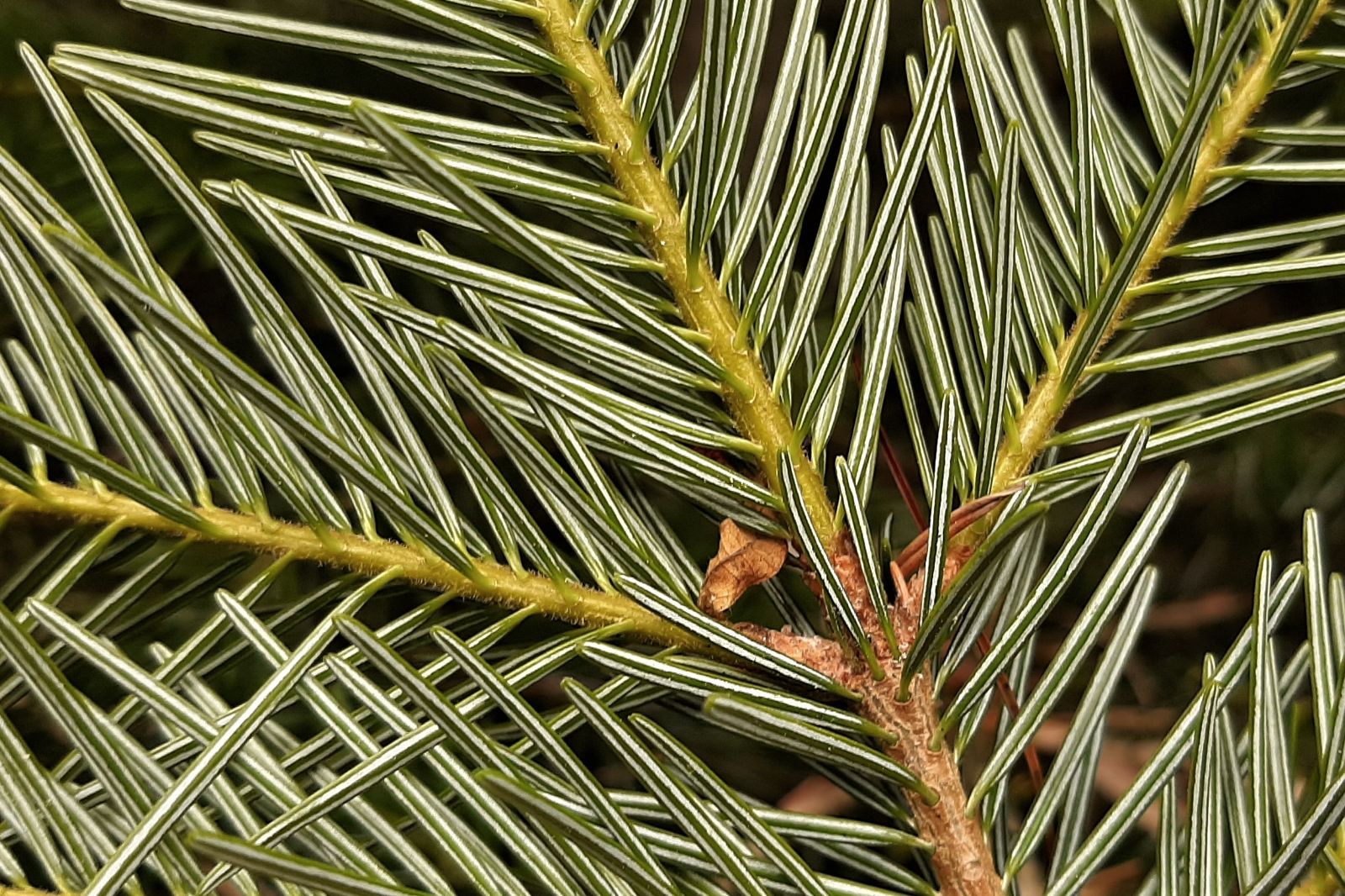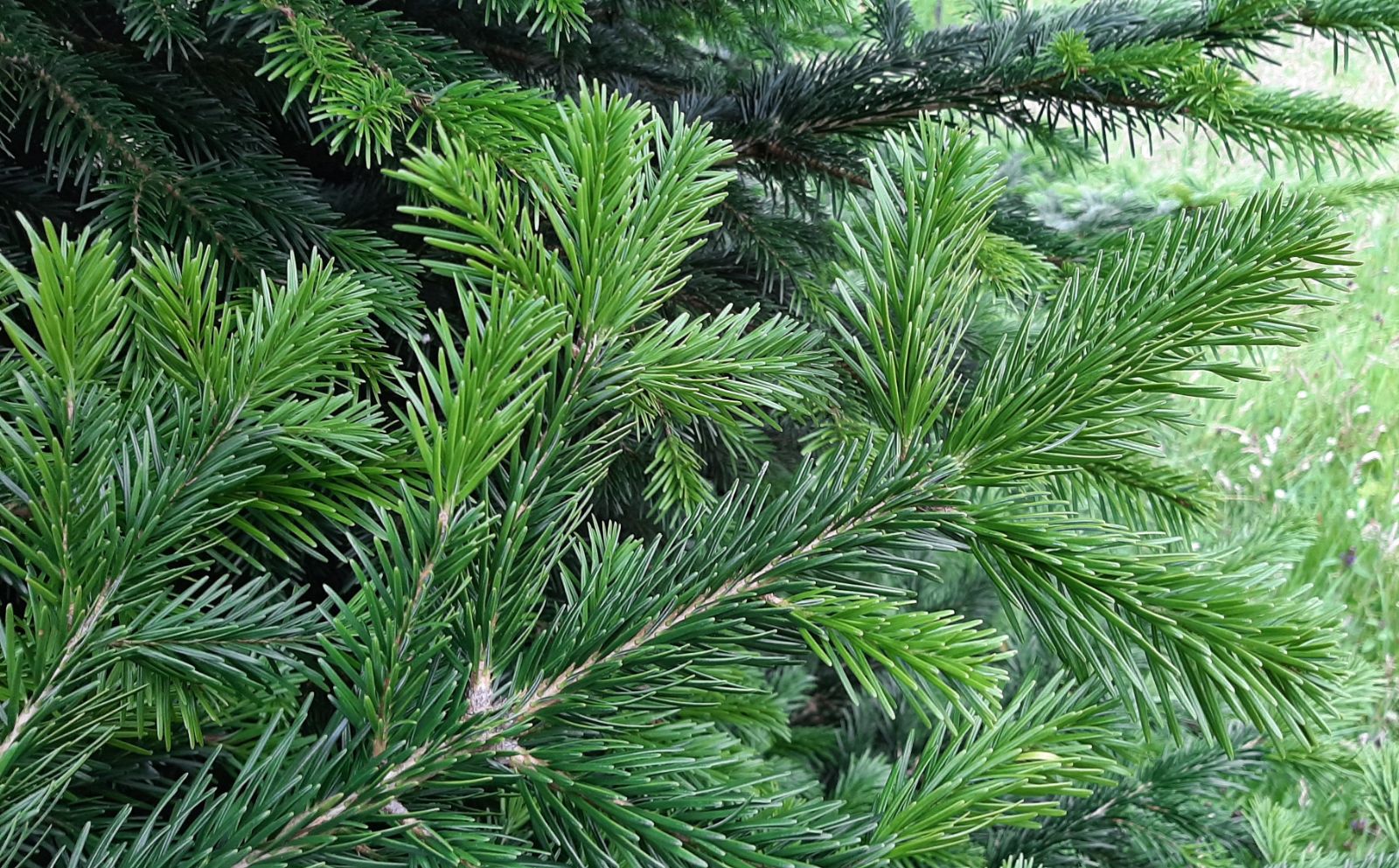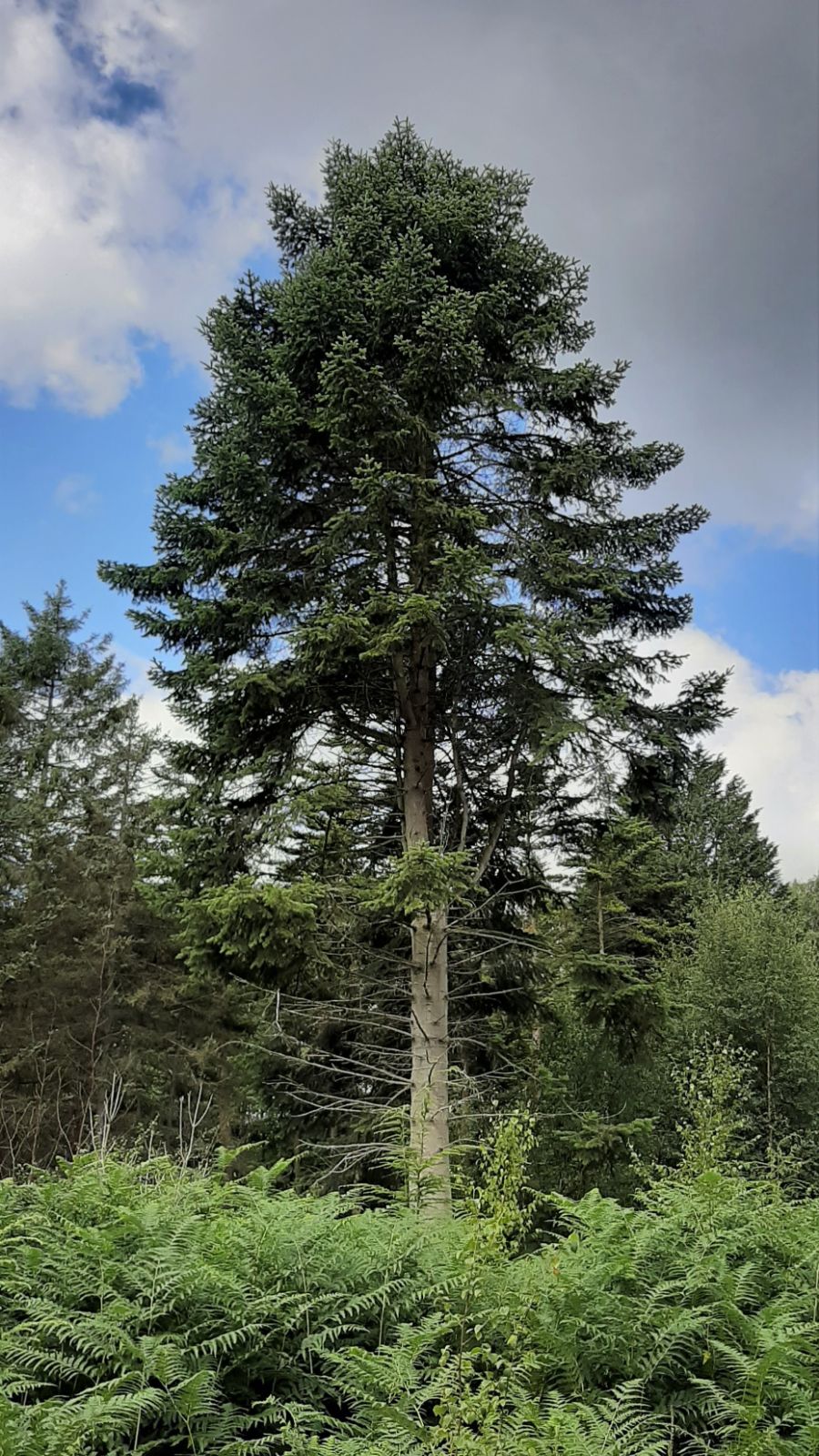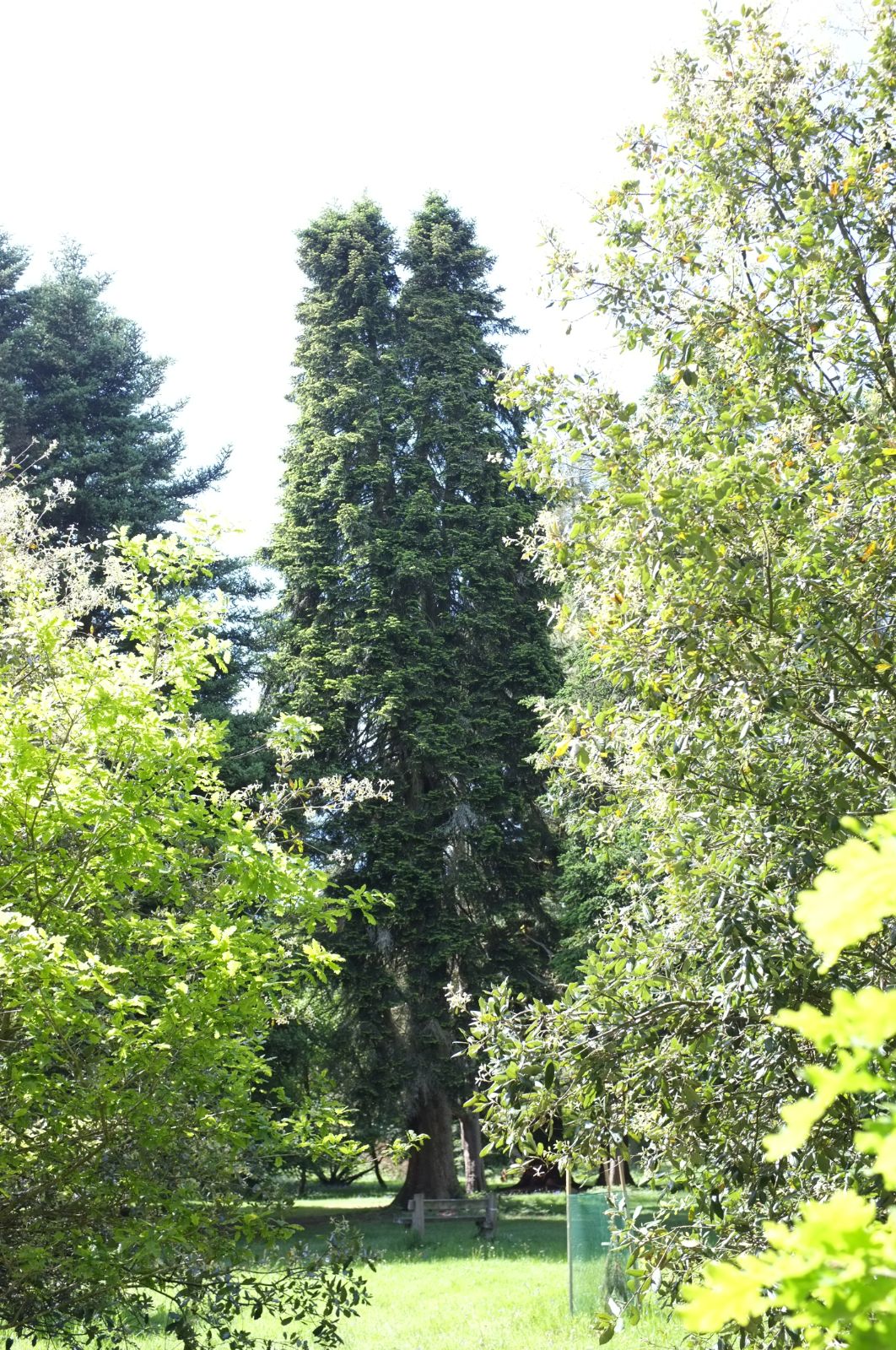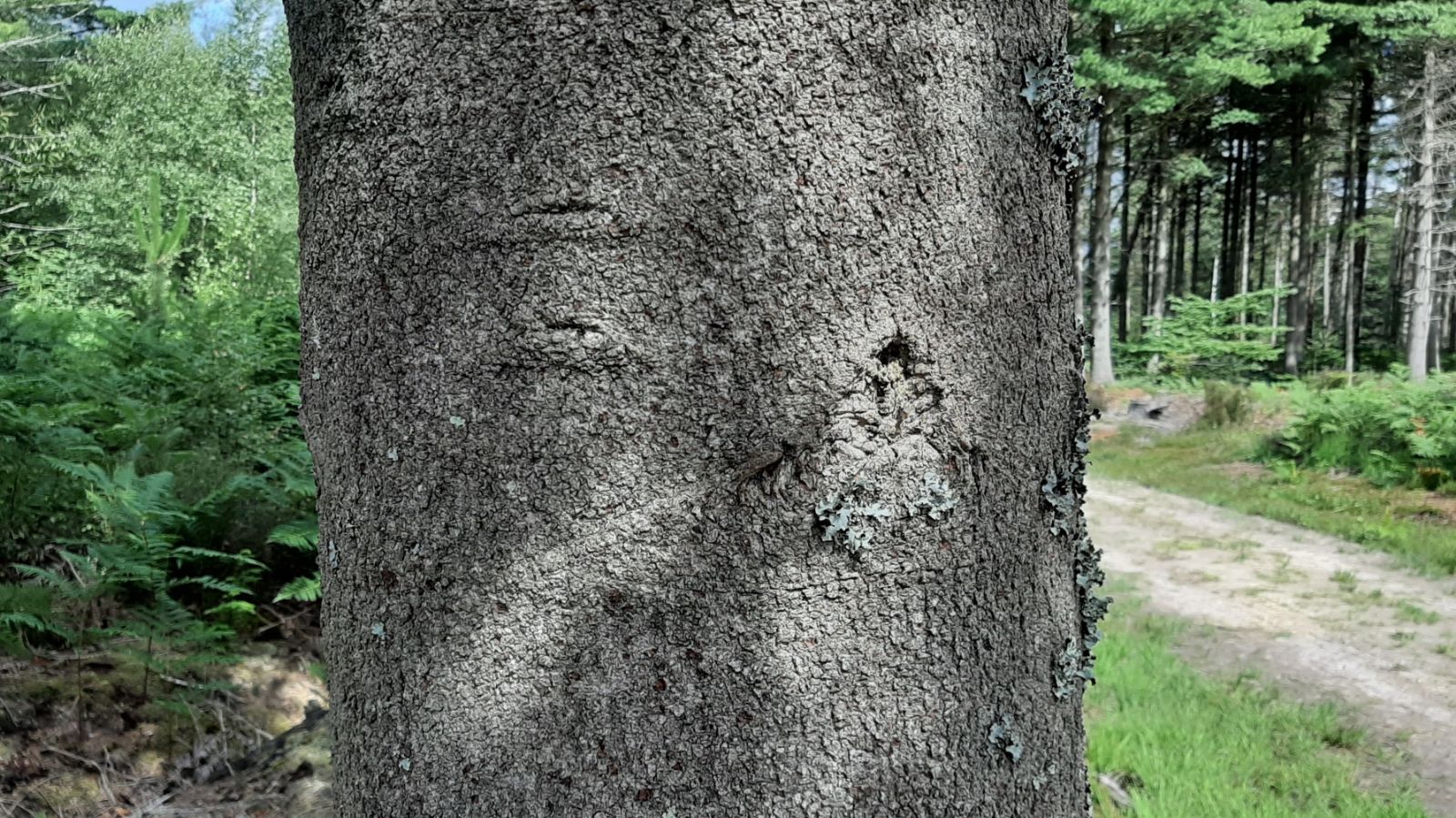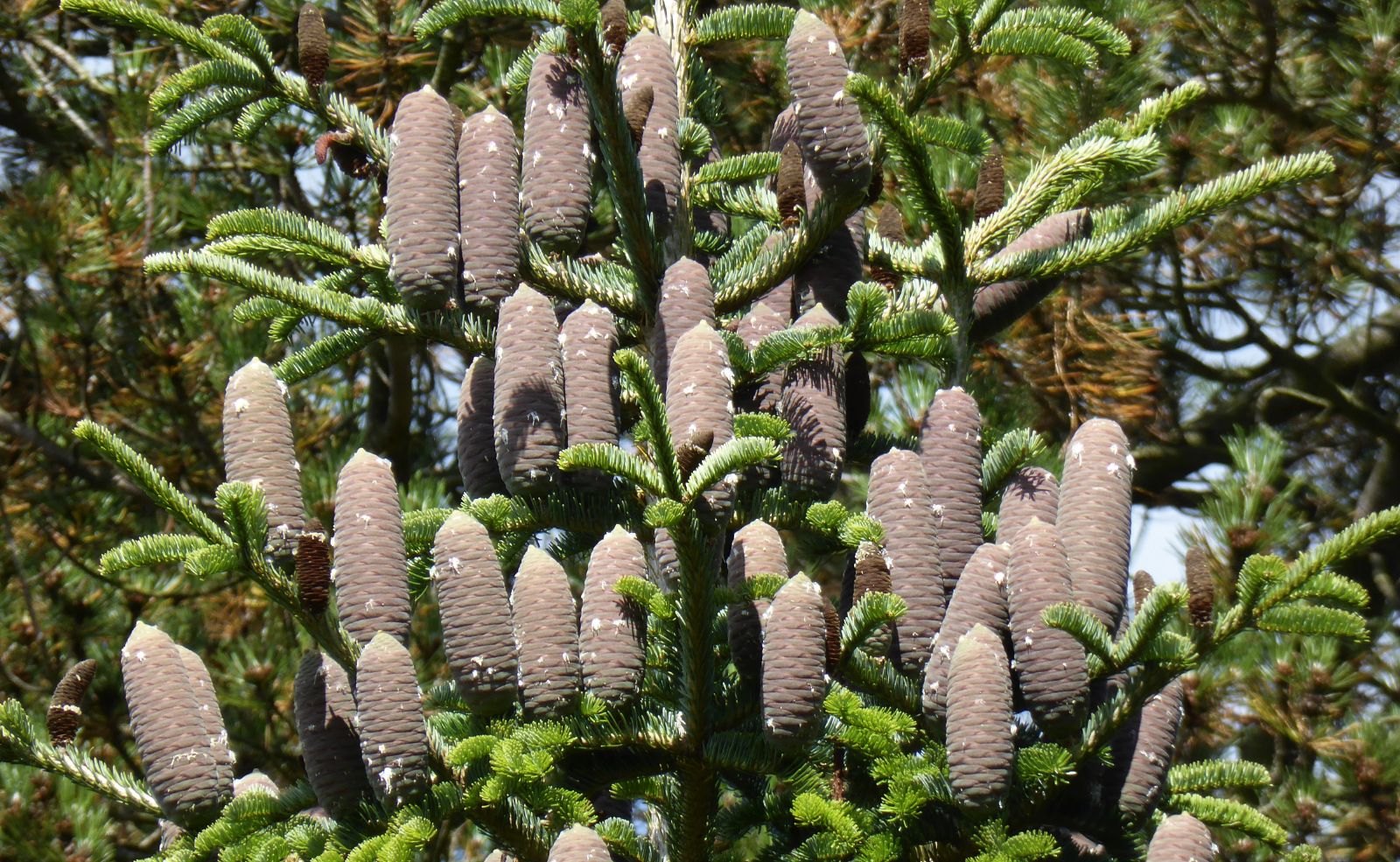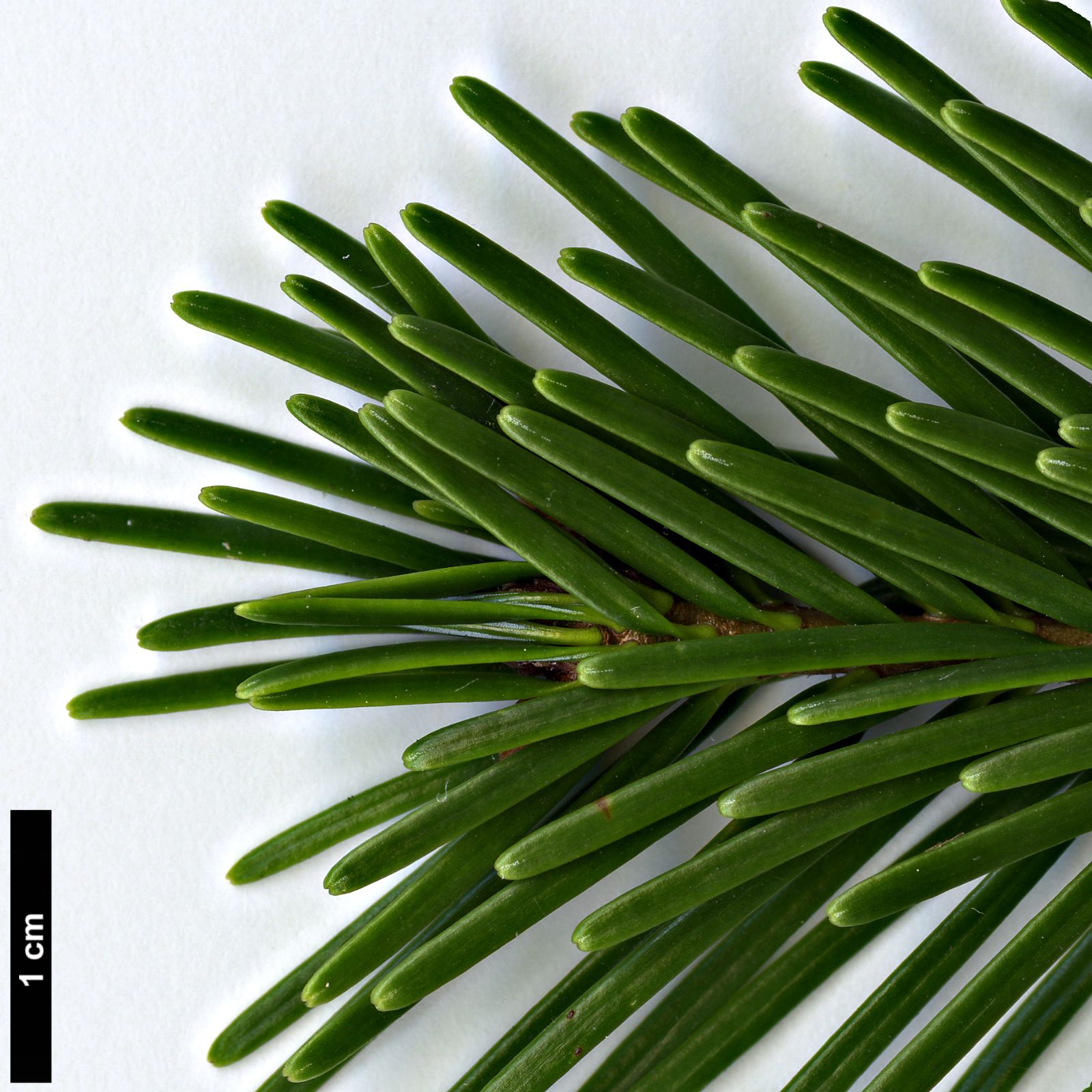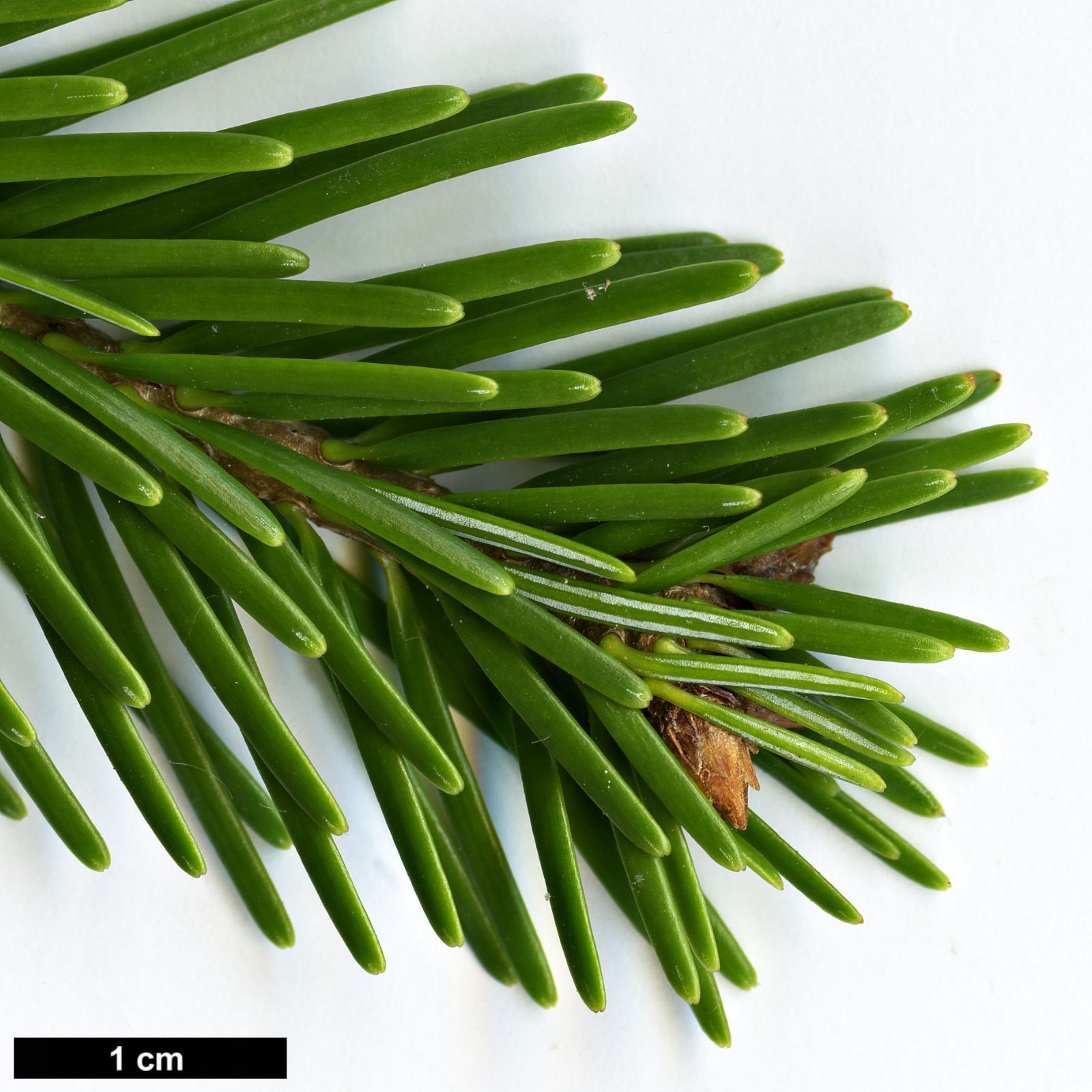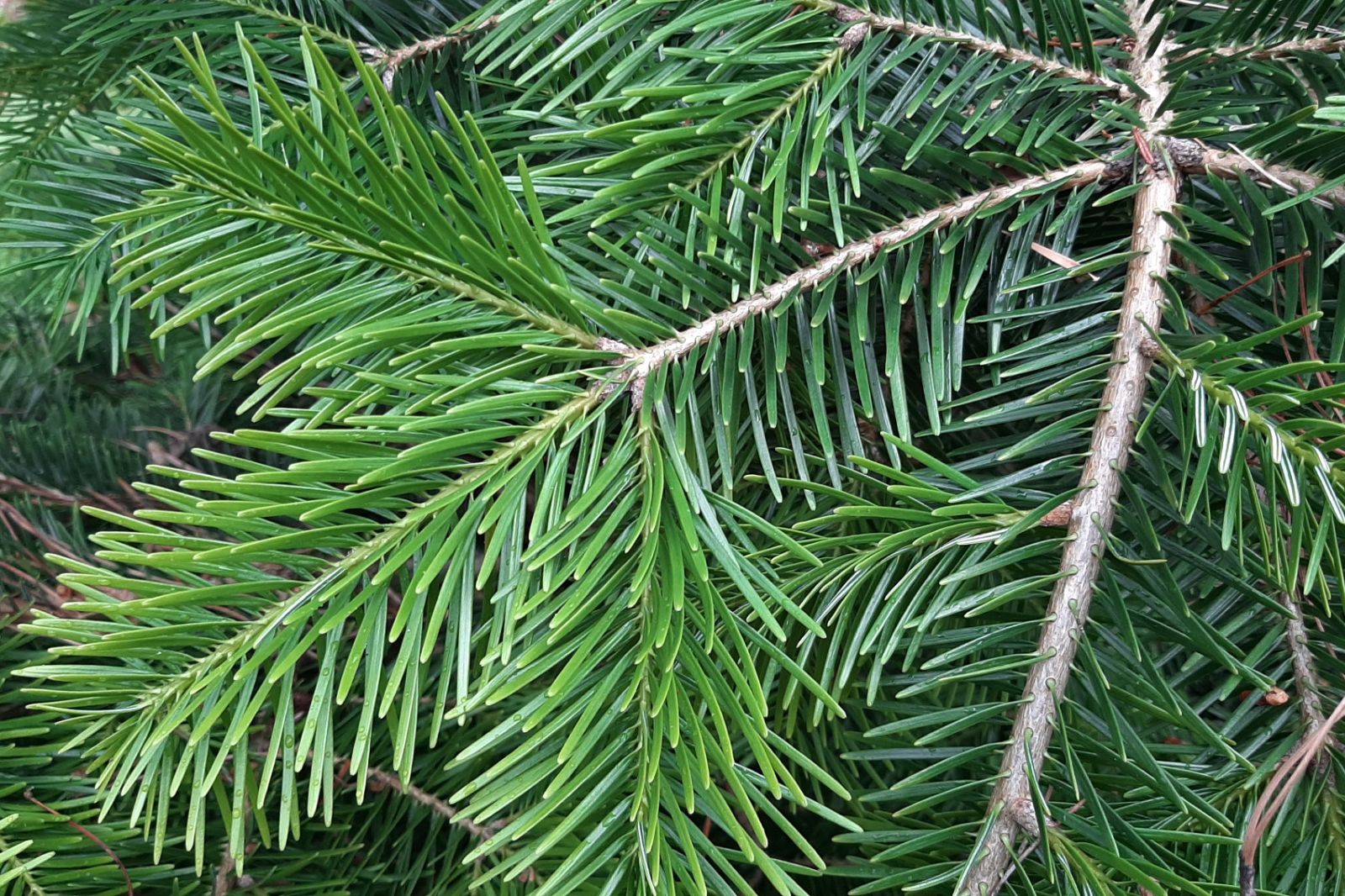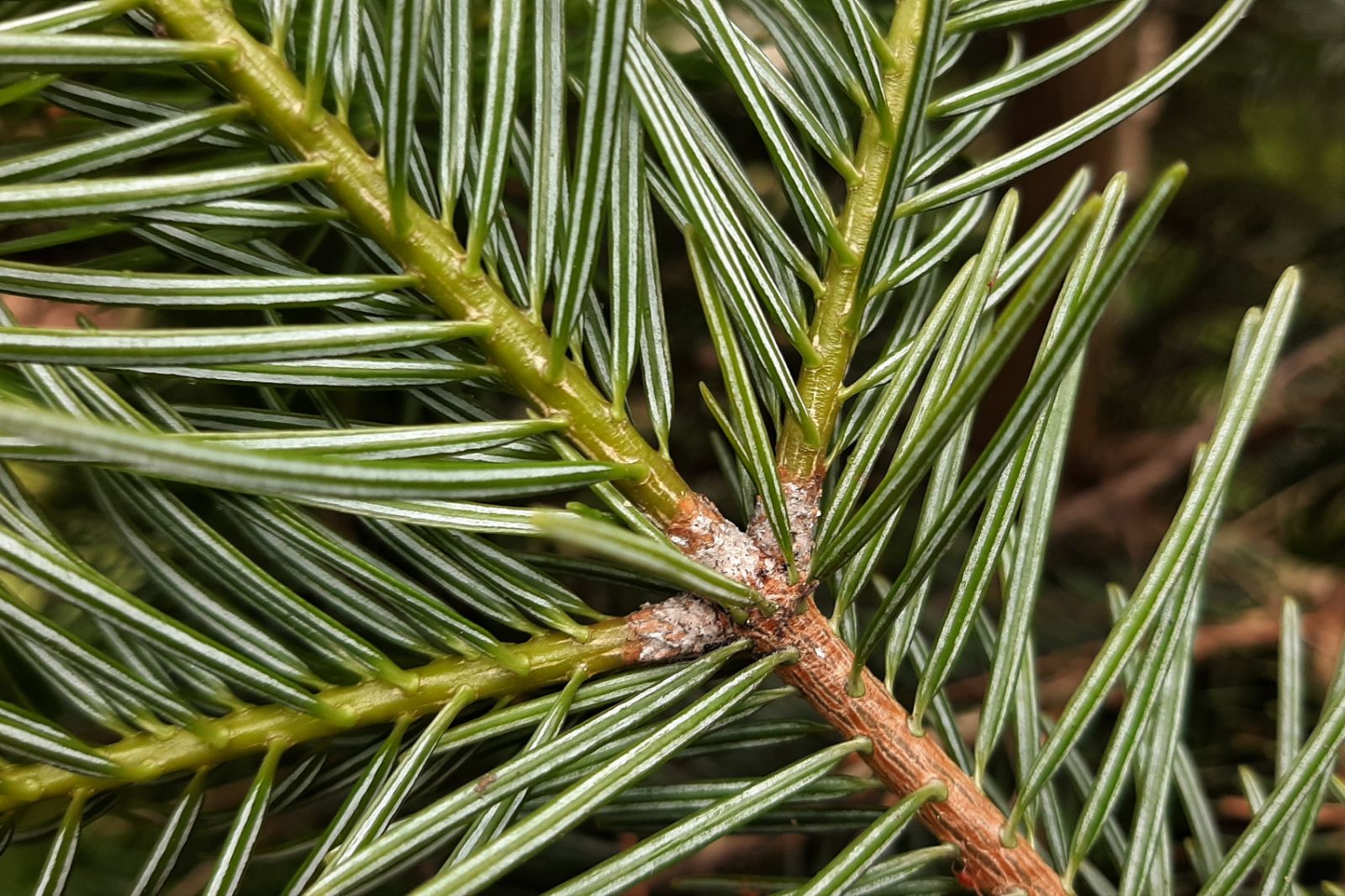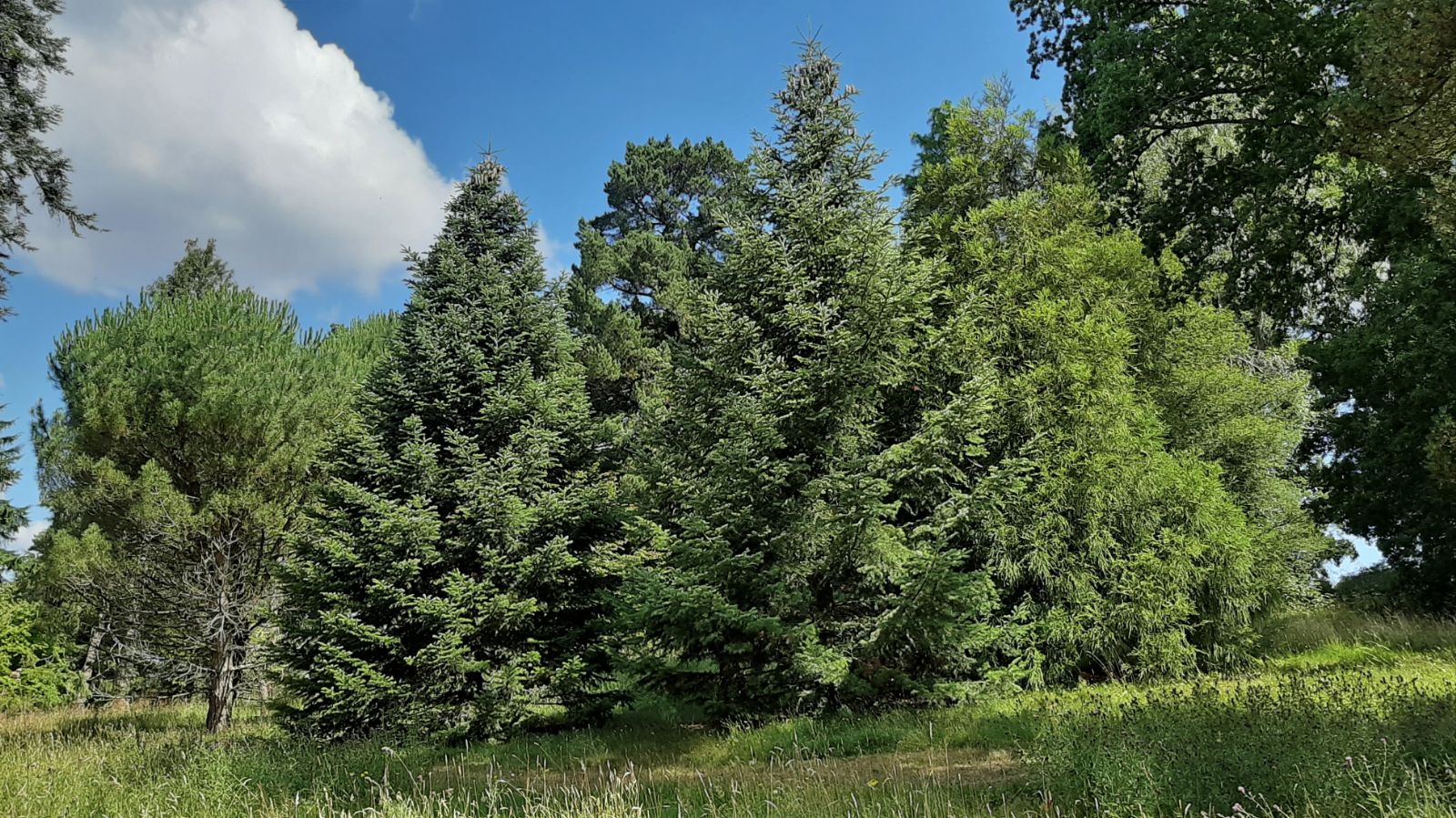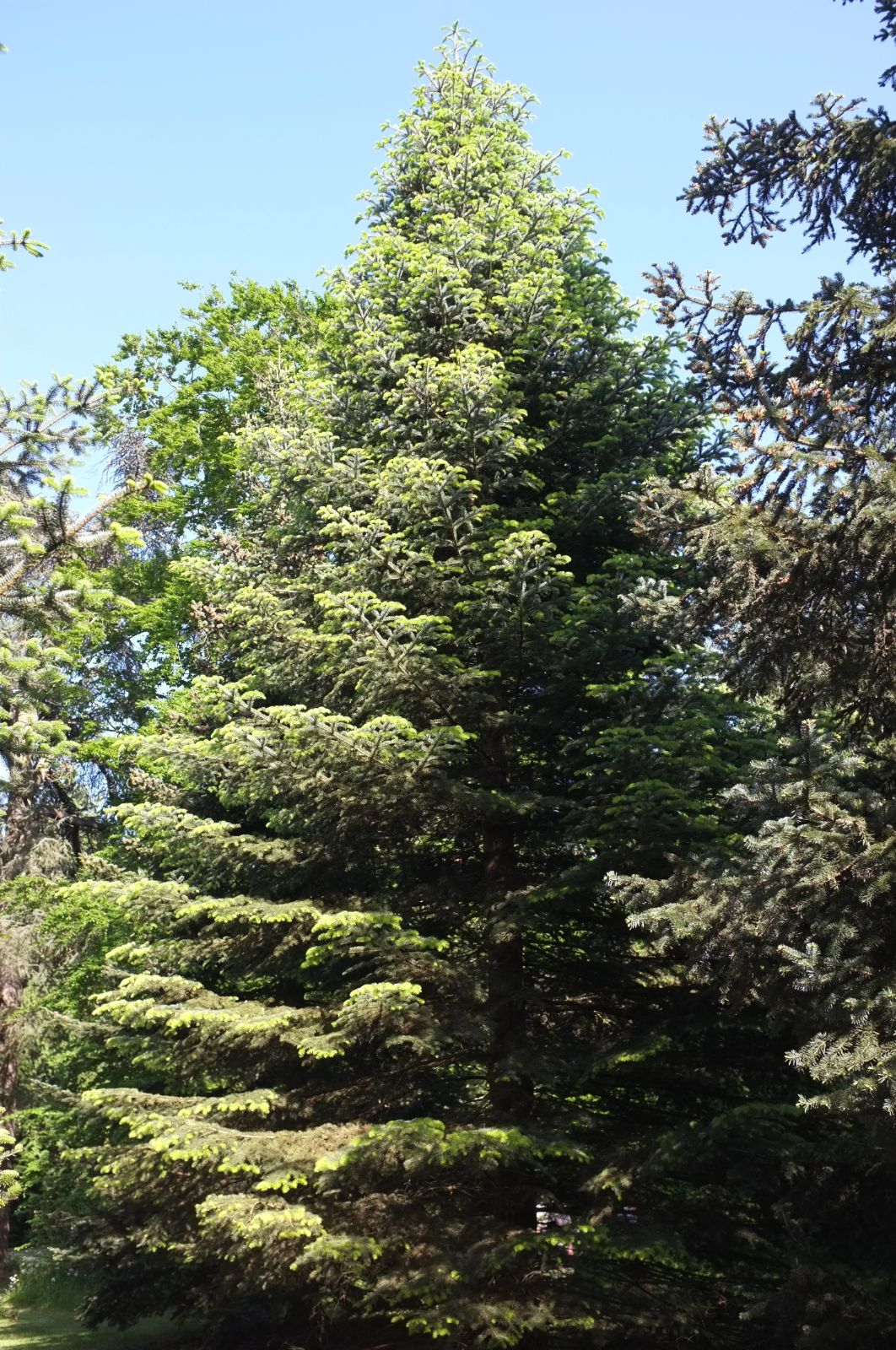Abies cilicica
Sponsor
Kindly sponsored by
Sir Henry Angest
Credits
Tom Christian (2021)
Recommended citation
Christian, T. (2021), 'Abies cilicica' from the website Trees and Shrubs Online (treesandshrubsonline.
Genus
Common Names
- Cilician Fir
- Illeden
- Sapin de Cilicie
- Sapin Cilicien
- Zilizische tanne
Synonyms
- Abies cilicica var. pyramidalis Boydak & Erdogul
Infraspecifics
Other taxa in genus
- Abies alba
- Abies amabilis
- Abies × arnoldiana
- Abies balsamea
- Abies beshanzuensis
- Abies borisii-regis
- Abies bracteata
- Abies cephalonica
- Abies × chengii
- Abies chensiensis
- Abies colimensis
- Abies concolor
- Abies delavayi
- Abies densa
- Abies durangensis
- Abies ernestii
- Abies fabri
- Abies fanjingshanensis
- Abies fansipanensis
- Abies fargesii
- Abies ferreana
- Abies firma
- Abies flinckii
- Abies fordei
- Abies forrestii
- Abies forrestii agg. × homolepis
- Abies fraseri
- Abies gamblei
- Abies georgei
- Abies gracilis
- Abies grandis
- Abies guatemalensis
- Abies hickelii
- Abies holophylla
- Abies homolepis
- Abies in Mexico and Mesoamerica
- Abies in the Sino-Himalaya
- Abies × insignis
- Abies kawakamii
- Abies koreana
- Abies koreana Hybrids
- Abies lasiocarpa
- Abies magnifica
- Abies mariesii
- Abies nebrodensis
- Abies nephrolepis
- Abies nordmanniana
- Abies nukiangensis
- Abies numidica
- Abies pindrow
- Abies pinsapo
- Abies procera
- Abies recurvata
- Abies religiosa
- Abies sachalinensis
- Abies salouenensis
- Abies sibirica
- Abies spectabilis
- Abies squamata
- Abies × umbellata
- Abies veitchii
- Abies vejarii
- Abies × vilmorinii
- Abies yuanbaoshanensis
- Abies ziyuanensis
Tree to 25–35 m × <1.5 m dbh. Crown narrowly conical, somewhat columnar in older trees. Bark of young trees grey, smooth for many years, becoming scaly and fissured, breaking into thick plates. Branches upright at first, later spreading horizontally. Branchlets stout, firm, yellowish- or greenish-brown, maturing to grey, shallowly grooved, faintly pubescent on first year shoots, glabrous thereafter. Vegetative buds ovoid-conical, acute, 3–4 × 2–3 mm, not resinous. Leaves of lower rank pectinate, spreading either side of shoot and slightly forwards, leaves of upper rank somewhat radial, strongly forwards above the shoot, 2.5–4 cm × 1.5–1.8 mm, twisted and abruptly narrowed at the base, apex obtuse or slightly emarginate, bright green or glaucous green above, greenish-white with a green midrib beneath. Stomata in two broad bands below. Pollen cones short-pedunculate, 1–1.5 cm long, yellowish with red microsporophylls. Seed cones short-pedunculate or sessile, cylindrical, with obtuse, retuse, or papilliform apex, 16–20 × 4–6 cm, greenish when immature, maturing purplish then reddish-brown, finally pale brown, often resinous at maturity; seed scales broadly flabellate, 2.5–3 × 3–4 cm at midcone; bracts usually fully included at maturity. (Farjon 2017; Knees & Gardner 2019; Debreczy & Rácz 2011).
Distribution Lebanon North Lebanon Syria Turkey Anti-Taurus and Cilician Taurus Mountains
Habitat In the high mountains around the northeast Mediterranean basin at 1000–2100 m asl, often in rocky, well drained, calcareous soils. The climate is characterised by hot, dry summers and mild, moist winters. Annual precipitation is typically 1000–1500 mm, mostly falling in winter. It usually occurs in mixed forests, most often with Cedrus libani, but other associates can include Acer spp., Carpinus orientalis, Fraxinus ornus, Juniperus excelsa, J. oxycedrus, Quercus spp. and Sorbus torminalis.
USDA Hardiness Zone 5
RHS Hardiness Rating H6
Conservation status Near threatened (NT)
Abies cilicica was described to science in 1853 and introduced to cultivation one or two years later, after the Austrian botanist Theodor Kotschy discovered it in the Agatsch Valley in Turkey’s Cicilian Taurus Mountains (Liu 1971). Writing in 1914 Bean said ‘It is still rare in gardens, and although very handsome where it thrives is frequently injured by spring frosts’ (Bean 1914). By 1972 Alan Mitchell was unable to report a significant change in the status of Cilician Fir in UK gardens, writing that it remained ‘Rare; almost confined to collections’ and he listed a mere 14 examples, including a likely original tree planted at Castle Kennedy, Wigtownshire, in 1859 (Mitchell 1972).
Native to a Cyprus-facing horseshoe of mountains in the extreme north-east corner of the Mediterranean, from eastern Antalya in Turkey to northern Lebanon (Knees & Gardner 2019), it would probably have been targeted by early collectors for the horticultural trade, especially French collectors working in modern day Syria and Lebanon in the 19th century, but details of early introductions are lacking. Its distribution largely mimics that of the Cedar of Lebanon (Cedrus libani), but it does not extend south to Mount Lebanon itself, from whence that tree was introduced at least two hundred years prior to Cilician Fir. There are records of trees arriving at the Arnold Arboretum from the Veitch Nurseries in December 1895 (Arnold Arboretum 2020), and Slavin (1932) considered it ‘among the hardiest of the exotic species’ grown in North America in the early 20th century.
Few documented introductions are known. Warren & Johnson (1988) reported three trees at the Hunnewell Pinetum, Massachusetts, one of them a respectable 18 m × 1 m dbh, and at that time two 50-year old trees were known from the Arnold, 9.5 and 12 m tall respectively. Nowadays several more grow there, though none of known wild origin (Arnold Arboretum 2020). Michael Dirr reports ‘a noble stand at Spring Grove, Cincinnati, Ohio’ which is self-seeding (Dirr 2011) but on the whole it remains far rarer in North America than in Europe.
There is a tree at the Gothenburg Botanic Garden, Sweden, collected in 1957 by Enver Gürol at 1600 m asl near Pozantı, Adana Province, Turkey (Aldén 2006). At Bedgebury Pinetum in Kent, UK, six mature trees are the remnants of forest plot 126, the largest (1000/350–1) was 19.7 m × 0.58 m dbh in 2020 (B. Robertson pers. comm. 2020). The Flanagan and Pitman expedition to Turkey targeted it in the early 1990s (TURX 100, collected in the Nur Mountains in Hayat Province) and several extant plants from this gathering are known in UK collections, including two at Bedgebury, the largest of which was 8.5 m × 0.21 m dbh in 2020 (B. Robertson pers. comm. 2020).
In 2005 the RBG Edinburgh-led Turkey Darwin Initiative expedition made significant collections of the type (TDI 137, 162 and 165) and the subsp. isaurica (see below). These collections were widely distributed both by RBGE and Bedgebury Pinetum, mainly as groups of specimens to arboreta but also in larger numbers to forest plots at Bedgebury and in Perthshire, under the auspices of the collaborative Perthshire Conifer Conservation Project. From these recent introductions, plants of subsp. cilicica have far outperformed those of subsp. isaurica, and some have thrived in cold areas not traditionally associated with the species. A group of seven from TDI 165 planted in 2010 on a sloping site in the grounds of Blair Castle, Perthshire, have thrived, and had an average height of 1.89 m in December 2018, the tallest being 2.7 m (BG-BASE data 2020). A plot of 20 individuals (of TDI 162) was planted a few miles away in the same year. These plants ‘sat’ for the first c. 2 years but they have since begun to show good rates of growth (pers. obs. 2018). Perthshire has a cold winter climate and is not a traditional area for this species in UK collections. In the longer term the lack of summer heat may yet prove limiting, but taken together with its performance in continental climates, these early results show that UK horticulture may need to update its perceived wisdom regarding this species in cultivation, particularly as regards cold-hardiness and frost tolerance.
Despite the broad distribution of recent gatherings Cicilian Fir remains more or less confined to specialist collections, especially as a mature tree. Even when present, in the absence of rigorous labelling it can easily be overlooked, for although a beautiful subject in its foliage there is little that immediately and reliably distinguishes it. Alan Mitchell offered some useful pointers: ‘Bark: Dark grey, smooth, conspicuously wrinkled and cracked into black rings around knots; outermost ring may be 3 feet [0.9 m] across…Like A. nordmanniana but thinner crown, distinctive bark and more distant, assurgent leaves, pale or stomatic at the tips.’ (Mitchell 1972). Another, rather unfortunate trait of Cilician Fir is that trees tend to lose their lower branches from a relatively young age, prematurely depriving us of the handsome foliage which, to anybody bar an avid collector, must be the chief reason to grow it.
'Spring Grove'
Possibly the only genuine A. cilicica cultivar, this was propagated from a witches’ broom found before 1996 at Spring Grove Arboretum, Ohio, USA. It makes a compact rounded dwarf, eventually slightly taller than broad (Auders & Spicer 2012). Several other cultivar names are occasionally listed under A. cilicica, but this parentage seems rather doubtful in most cases.
subsp. isaurica Coode & Cullen
Common Names
Isaurian Fir
Differing from typical subsp. cilicica in glabrous young shoots and in its (variably) resinous vegetative buds. (Farjon 2017; Çolak et al. 2019).
Distribution
- Turkey – Antalya and Konya Provinces, in the Isaurian Taurus Mountains
Taxonomic note The differences between this subspecies and subsp. cilicica have been described as ‘minor and probably variable’ (Farjon 2017) and some authorities do not consider that subsp. isaurica merits distinction. Liu suggested that it ‘may be an ecotype’ (Liu 1971) and this is probably the best way to think of it. It is generally recognised, however, based on the minor differences that do exist, taken together with its isolated distribution in the Isaurian Taurus. Recent introductions to the UK have demonstrated that horticulturally it behaves quite differently from the nominate subspecies.
Described in 1965 from herbarium material collected by Peter Davis (Davis 15505, from Antalya Province) it seems unlikely that Isaurian Fir, endemic to a restricted area of the Taurus mountains, would have been unwittingly introduced by early collectors who would have found the type far more accessible. There is no mention of it in key works of the late 20th century, e.g. Krüssmann (1985) and Clarke (1988), suggesting that later collectors paid it little attention even after its circumscription.
Nevertheless, there are intriguing records of Isaurian Fir in North American collections which, if their determinations are to be believed, suggest that it must have been inadvertently collected at least once prior to its circumscription. The Arnold Arboretum received material from the Hunnewell Pinetum as early as 1923, and this was later determined as subsp. isaurica (plant id 18716*A, now gone). Another extant tree at the Arnold, also sourced from Hunnewell, this time in 1957, was 15 m tall in June 2016 (plant id 602–57*A) (Arnold Arboretum 2020). Given the ‘minor and probably variable’ (Farjon 2017) differences between the two subspecies, and Liu’s view that subsp. isaurica ‘may be an ecotype’ (Liu 1971) these records should be viewed with a modicum of suspicion, nevertheless they are a point of intrigue.
The earliest intended introduction of subsp. isaurica, to the UK at least, appears to be WHHD 600, extant in several collections including Kew and Wakehurst Place. Although two resulting trees grow side by side at Wakehurst one bears a 1986 accession number (1986.8255) while the other is labelled 1993.1398. The latter is the sole plant of this taxon recorded by the Tree Register and was 5 m tall in 2010 (Tree Register 2020) and c. 8 m when seen in summer 2020 (pers. obs. 2020). (The 1986 tree is on par but is not recorded by the Tree Register, nor is a comparably sized one at Kew).
In 2005 the Turkey Darwin Initiative Expedition introduced subsp. isaurica under the numbers TDI 217, 218, 219, 220, 221, 222 and 223. This extensive gathering may be the largest introduction to cultivation and the many plants raised have provided an opportunity for widespread testing of the Isaurian Fir in the UK and Ireland. The TDI expedition was led by the Royal Botanic Garden Edinburgh (RBGE) and included staff from Bedgebury and Westonbirt. Seed was shared between all three institutions and material distributed to other collections by RBGE and Bedgebury. Early observations in the RBGE nursery noted that subsp. isaurica was typically c. 2 weeks earlier into growth than the type, as young saplings in glasshouse conditions (pers. obs. 2005–2008). Given that the type itself is early into growth and susceptible to late frost damage, at least in a maritime climate, it should come as no surprise that subsp. isaurica has proven even more susceptible.
In northern Britain in particular it is slow, not nearly as vigorous as subsp. cilicica, and inclined to enter a decline spiral at the slightest setback. A handful of examples are becoming the exceptions that prove the rule, including individual trees at Allean Forest, Perthshire (2 m in 2019), and at Tyninghame, East Lothian (2 m in 2020). It is better further south. A small group from TDI 217 planted at Eastnor Castle, Herefordshire, is exceeding expectations. The tallest here was 2.04 m in 2018, while at Kilmacurragh, Co Wicklow, Ireland, a tree of TDI 222 was 3 m in 2019 (BG-BASE data 2020). In the south east the aforementioned pair of trees from WHHD 600 are thriving at Wakehurst, and young trees from the TDI collections are growing strongly at Bedgebury.
The lack of sufficiently intense and prolonged summer heat further north and west in the UK is doubtless a problem, but there are likely other factors involved, too. Considering the putative examples in North America it may be worth attempting subsp. isaurica in the more continental climate of central Europe, and perhaps in Mediterranean regions, too. Initial observations of the TDI collections could be interpreted as supporting Liu’s view that subsp. isaurica may just be an ecotype, but clearly some nomenclatural distinction is of value to horticulture. The same observations also count against a comment attached to the sole Tree Register record of subsp. isaurica that ‘Many plants in cultivation (but not the originals) are probably this subspecies’ (Tree Register 2020, tree ID 139).


